How does Henri Cartier-Bresson view the act of photography?
That you need to be present in the moment, feel the pulse of the images. If you are not present you may see things that you wouldn’t normally see or walk past everyday. And that it an extension of the eye, as it could see things that your normal naked eye couldn’t see, or things that are too far away for you to normally see can be seen with help from the lens of the camera. During the video photography was also compared to hunting as its like “shooting” but not with a gun, with the camera.
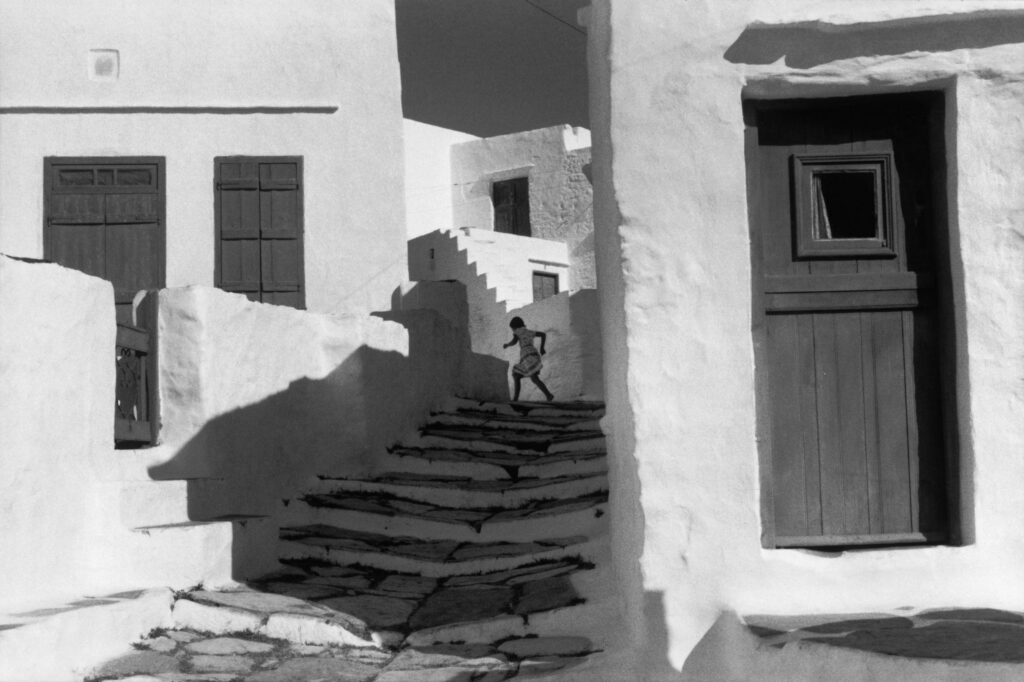

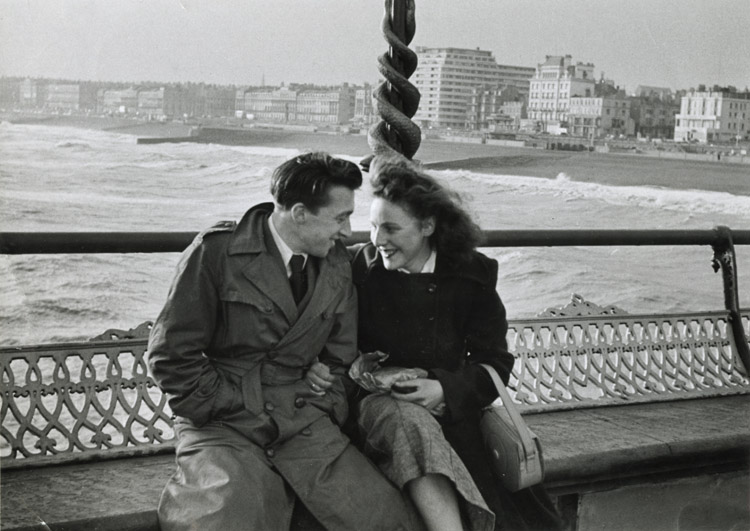
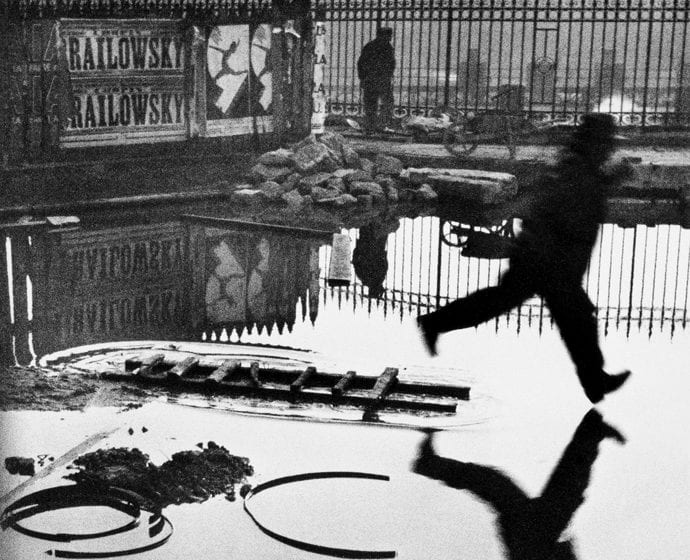
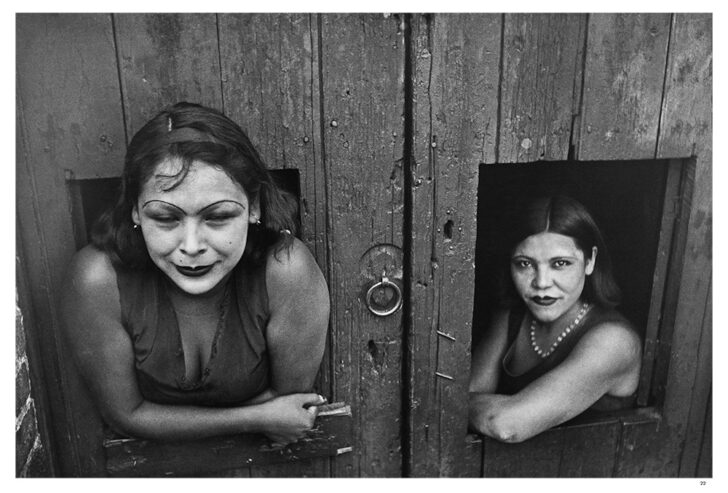
Images by Henri Cartier-Bresson
Describe Cartier-Bresson’s theory of The Decisive Moment.
There are many different deciding factors that go into Henri Cartier-Bresson’s decisive moment, he says its all about seeing, feeling and understanding. Firstly Henri Cartier-Bresson would walk around possibly all day for many days to see when he would find and area that had good composition or a good building that he’d want to photograph he set up and wait (observe and notice) for something to happen such as people walking by rather than just a plain picture of a building. Henri Cartier-Bresson found the beauty of shapes and geometry, and called it intellectual pleasure this ties in with what I was saying before about the composition of the image so that it isn’t a boring image which really makes Henri Cartier-Bresson’s work a step up from many other photographer’s of the time. Henri Cartier-Bresson did not like posed images, the people in the image are able to be aware of that the image is being taken, but not posed as he was a purist, so he prefers natural more candid images.
Henri Cartier-Bresson
Henri Cartier-Bresson was a French photographer most known for his candid images, of which he is considered a master of. He pioneered the way for the genre street photography. In 1930 be came inspired by this photograph taken by a Hungarian photojournalist Martin Munkacsi of 3 African boys running into the surf at the lake Tanganyika. This image inspired him to spot painting and pursue photography full time. “I suddenly understood that a photograph could fix eternity in an instant.” – quote from Henri Cartier-Bresson after seeing this image
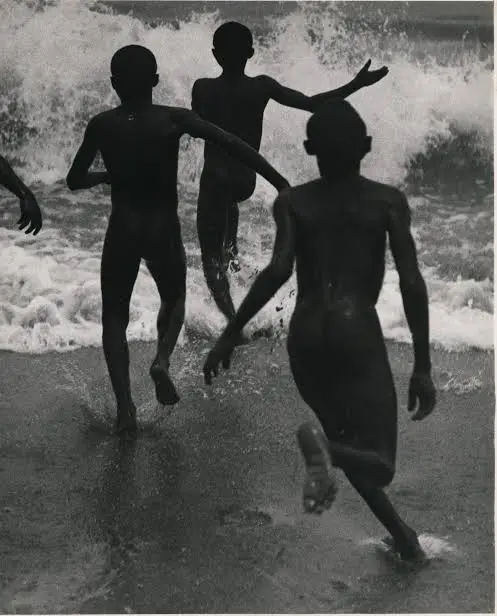
This is the image I spoke about above by Martin Munkacsi
The first camera that Henri Cartier-Bresson used was a Leica camera 50mm lens, he used this camera due to the fact that it was small and easier to conceal in public so people wouldn’t know their image was being taken and change how they were behaving, to keep the camera even more inconspicuous he painted all the shiny parts black to they wouldn’t reflect the light, which gives him an intimate look in a crowd so that only natural behaviour was captured.
In 1952, Cartier-Bresson published his book “Images à la sauvette” which in English means the decisive moment, which is what it was titled in the English edition although it actually translates to in French is “photos taken on the sly” or “hastily taken images”
Cartier-Bresson analysis
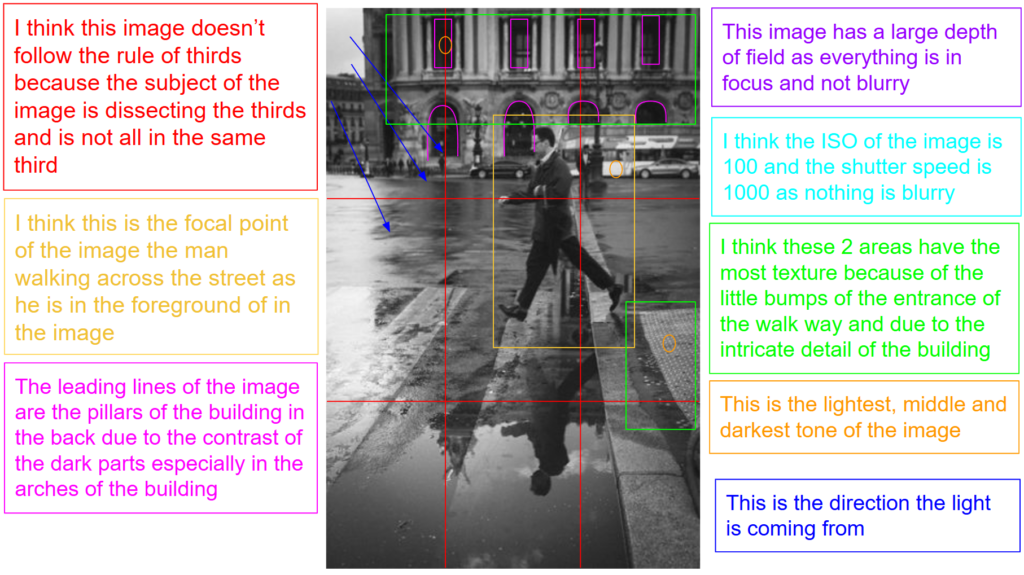
This is image is taken using a film camera and the genre of this photography is street photography.
The mise-en-scene presents a young boy possibly with his little brother on the streets of New York pulling a gun to the camera. The tone of this image is quite a dark tone overall, however there is quite a lot of light areas on the image due to the building in the background of the image. The use of light in this image is soft and natural because they’re outside and it looks like its sort of a cloudy day which makes the light soft than if it were clear sky’s. I would say that this image has a large depth of field as everything is in focus. The focus distance is long as everything is in focus including all the background and foreground of the image. The leading lines of the images would be the contrast of the darker areas of the windows and archways of the building behind as the colour of the concrete or the bricks used to build the building is light.
I believe the ISO is 100 as everything is in as most of the image is in focus. And that the shutter speed is 1000 as nothing in the image is blurry.
